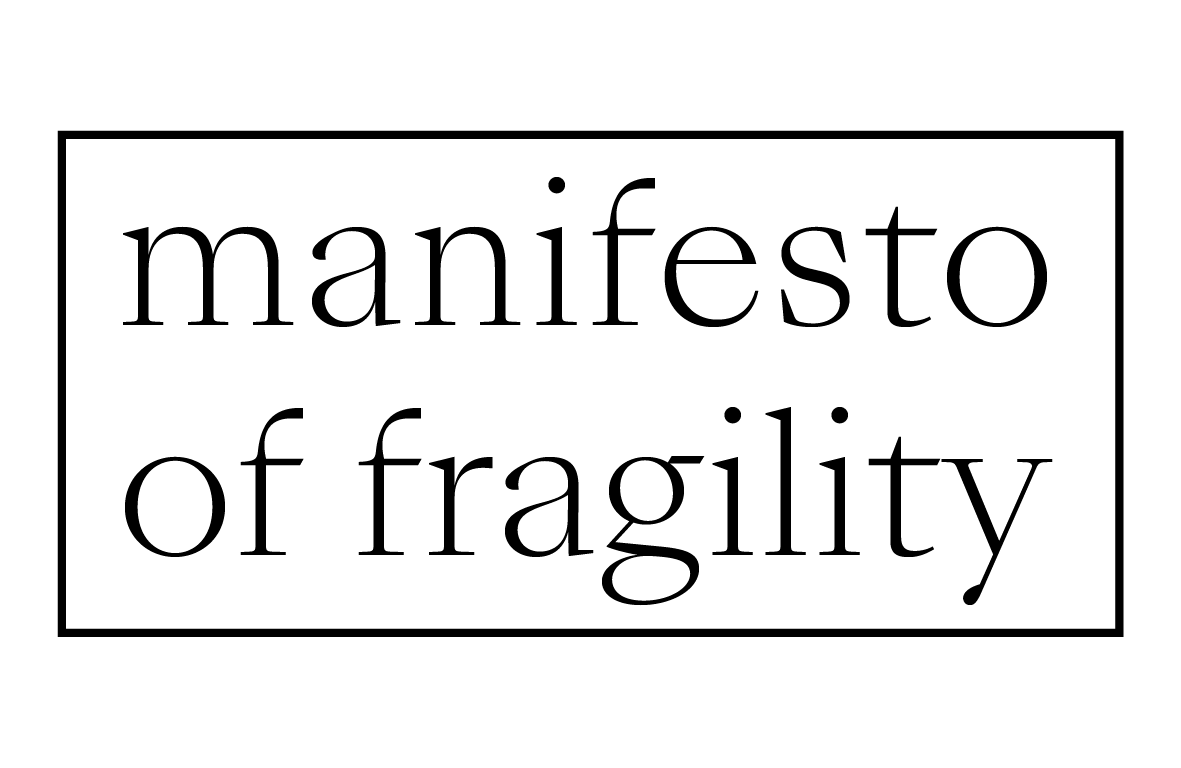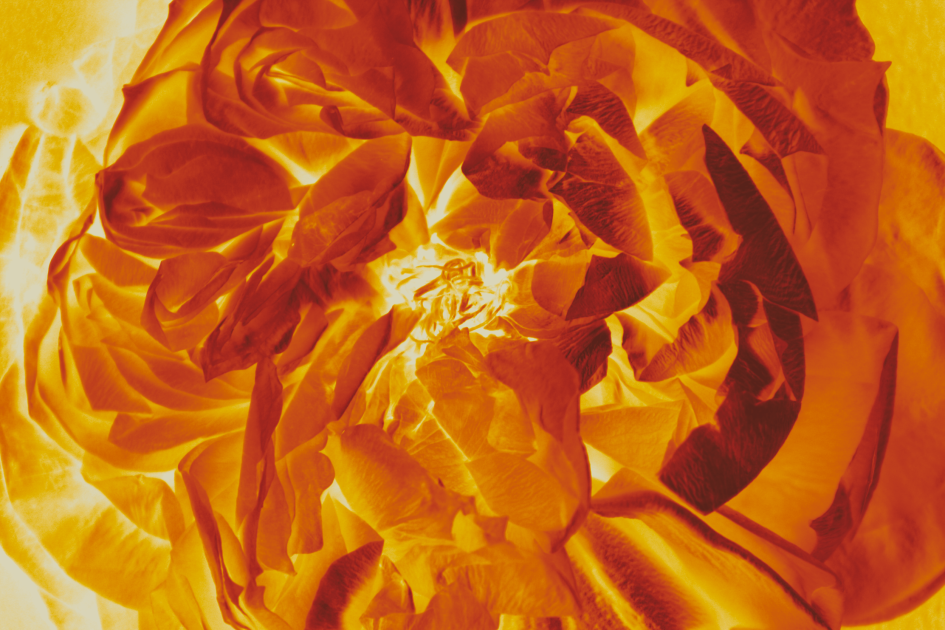Artists
Shafic Abboud
Etel Adnan
Farid Aouad
Dia Al-Azzawi
Alfred Basbous
Joseph Basbous
Michel Basbous
Assadour Bezdikian
Huguette Caland
Rafic Charaf
Saloua Raouda Choucair
Georges Doche
Simone Fattal
Laure Ghorayeb
Paul Guiragossian
Farid Haddad
John Hadidian
Joana Hadjithomas & Khalil Joreige
Jumana Bayazid El-Husseini
Dorothy Salhab Kazemi
Helen El-Khal
Simone Baltaxé Martayan
Jamil Molaeb
Fateh Al-Moudarres
Nicolas Moufarrege
Mehdi Moutashar
Aref El Rayess
Adel Al-Saghir
Mahmoud Said
Nadia Saikali
Hashim Samarchi
Mona Saudi
Juliana Seraphim
Cici Sursock
Khalil Zgaib
At the macLYON Beirut and the Golden Sixties presents a pivotal moment in modern history from the vantage point of an ongoing crisis, highlighting the entanglement of past and present cycles of fragility and resistance. With more than 230 artworks by 34 artists and 300 archival materials from more than 40 collectors, this part of the 16th Lyon Biennale introduces fresh perspectives on a pivotal period in the history of Beirut, a city that is still burdened by the weight of its irreconcilable ambitions.
Beyrouth and the Golden Sixties : A Manifesto of Fragility is curated by Sam Bardaouil and Till Fellrath. The exhibition is organized in cooperation with the Gropius Bau, Berlin.
Beirut and the Golden Sixties: A Manifesto of Fragility revisits a turbulent chapter in the development of modernism in Beirut beginning with the 1958 Lebanon crisis and ending with the 1975 outbreak of the Lebanese Civil War. It examines this romanticised era of global influence in Beirut to highlight how collisions between art, culture and polarised political ideologies turned the Beirut art scene into a microcosm for larger trans-regional tensions.
The exhibition traces a brief but rich period of artistic and political ferment. Following Lebanon’s independence from French-mandated colonial rule in 1943, Beirut became a destination for many intellectuals and cultural practitioners from the Middle East and Arabic-speaking North Africa. With revolutions, coups and wars unfolding across these regions over the next three decades, the influx of new inhabitants into Beirut continued throughout this period. Encouraged in part by the Lebanese banking secrecy law of 1956, which prevented financial institutions from disclosing clients’ identities or assets, new streams of foreign capital also flowed into the city. Commercial galleries, independent art spaces and museums flourished. Beirut was bursting at the seams with people and opportunities, but also with ideas. However, underneath the prosperity and abundance, antagonisms festered and eventually erupted in 15-year civil war.
Beirut and the Golden Sixties presents a crucial moment in modern history from the vantage point of an ongoing crisis, highlighting the entanglement of past and contemporary struggles. Joana Hadjithomas and Khalil Joreige’s multimedia installation, created specifically for the exhibition, sheds new light on the transformative effects of violence on art and artistic production, and the power of poetry in opposition to chaos. With its wide-reaching artworks and archival materials, the exhibition introduces fresh perspectives on a pivotal period in the history of Beirut, a city burdened by the weight of its ambitions where the question of art’s role in times of hardship forever lingers.
Le port de Beyrouth : The place
Beirut’s multicultural history dates back to antiquity and many communities with different ideologies have considered the city their home. Various political projects and artistic practises have attempted to locate the roots of Beirut’s cosmopolitan character in pre-colonial and pre-modern traditions and legends. More recently, Beirut’s standing as a discreet hub for foreign capital has contributed to an enduring but dubious myth of Lebanon as "the Switzerland of the Middle East". This section features modern artistic perspectives that reveal the partial and exclusionary nature of the numerous characterisations of Beirut.
Lovers: The Body
The 1960s was a decade of sexual liberation movements across the world and Beirut reflected the changing social values of the times. The anti-establishment message of the 1968 student movements in France resonated with Lebanese youth who had already taken to the streets the previous year following Israel’s defeat of the coalition of Arab states in the 1967 Six-Day War. Western-originating women’s liberation movements initiated conversations in local lifestyle magazines and political journals. Home to a socially diverse group of artists, the Beirut art scene was at the forefront of these topical debates. Many artists, including those who lived in queer relationships and defined themselves beyond the gender binary, found a safe space to create and express themselves freely. This section introduces Beirut as a site of experimentation for new ways of living outside the limits of traditional, bourgeois society.
Takween (composition) : The Form
Artists utilising a wide range of techniques, materials and styles converged in Beirut’s 1960s art scene. Their diverse interests influenced an emerging cultural landscape with the support of a concurrently growing network of patrons and exhibition spaces. The Sursock Museum opened in 1961 in the former villa of the prominent Lebanese aristocrat Nicolas Ibrahim Sursock and immediately established an annual Salon d’Automne [Autumn Salon] exhibition where artists like Saloua Raouda Choucair, Aref El Rayess and Huguette Caland presented their work. The Centre d’Art, led by the surrealist writer Georges Schehadé and his wife, patron and gallerist Brigitte Schehadé, presented prints by Max Ernst, André Masson and other influential surrealists. In 1967, leftist socialite Janine Rubeiz opened Dar El Fan, an art space and cultural centre, to support the burgeoning artistic community alongside exhibitions of Polish tapestries and screenings of Soviet cinema. The Delta International Art Center introduced the public to further developments from abroad: for example, in an exhibition of abstract paintings by Chinese-French artist Zao Wou-Ki in 1975. This section considers the local articulations of various modernist tendencies in Beirut, paying close attention to the predominance of abstraction in the 1950s to the 1960s.
Monster and Child : The politics
In the 1970s, Beirut experienced rapidly escalating social tensions. Students at the Lebanese University staged protests in 1972. In the same year, workers from the Gandour chocolate factory organised strikes. Coca-cola factories, as symbols of Western imperialism, aroused local resentment. Sporadic armed clashes broke out on Lebanon’s southern border, particularly after the Palestine Liberation Organisation re-established its headquarters in Beirut after its defeat in Jordan in 1970. Regional crises, such as the Fourth Arab–Israeli War in 1973 and the resulting Saudi-led oil embargo of Israeli allies, also contributed to the worsening political situation in Beirut. This section takes a close look at the relationship between art and politics in the years preceding the 1975 start of the Lebanese Civil War, when the systemic problem of sectarianism in social and political institutions destabilised all aspects of life in the city.
Blood of the Phoenix : The War
The onset of the Lebanese Civil War took its toll on the Beirut art scene. Galleries and independent art spaces shuttered and artists migrated to Europe, the United States and the Persian Gulf. Some politically active artists who remained in Beirut joined the short-lived Lebanese National Movement – a coalition of various left-leaning political parties and independent groups who fought the Christian nationalist militias and sought to reform the Lebanese state. Artists also created posters for the sectarian parties they supported. By the late 1970s, it became obvious that no liberationist path of resistance remained. This section examines the enduring impact of the Lebanese Civil War on cultural production in Beirut.

